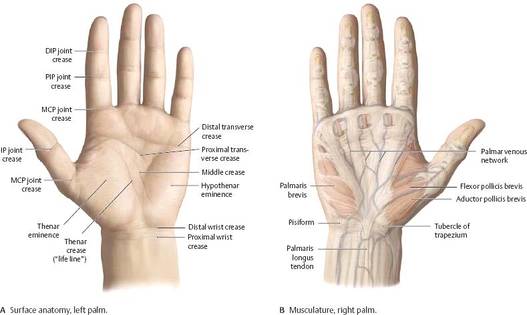Job offer testing - Uses the information gathered in a job site analysis to examen the physical abilities of job applicants. Job testing can be performed prior to a job offer (pre-offer) or following a conditional job offer (post-offer).
Pre-offer testing allows you to determine if the applicant meets the physical demands of a job. It does not allow investigation of medical history and does not require a job offer. If you determine the applicant’s ability to meet job demands first, you will not only save time but you will be hiring from an applicant pool that you have confirmed meets required job demands. Pre-offer testing places the burden of job fitness on the applicant. The result is that your hiring process becomes more efficient and the number of injuries are reduced.
Post-offer testing is conditional upon a job offer, allows you to investigate medical history, and places the burden of job fitness on the employer. Post-offer testing is usually administered by an independent provider.
Best results are attained with a comprehensive approach utilizing both pre- and post-offer testing.
Pre-offer testing allows you to determine if the applicant meets the physical demands of a job. It does not allow investigation of medical history and does not require a job offer. If you determine the applicant’s ability to meet job demands first, you will not only save time but you will be hiring from an applicant pool that you have confirmed meets required job demands. Pre-offer testing places the burden of job fitness on the applicant. The result is that your hiring process becomes more efficient and the number of injuries are reduced.
Post-offer testing is conditional upon a job offer, allows you to investigate medical history, and places the burden of job fitness on the employer. Post-offer testing is usually administered by an independent provider.
Best results are attained with a comprehensive approach utilizing both pre- and post-offer testing.




 RSS Feed
RSS Feed